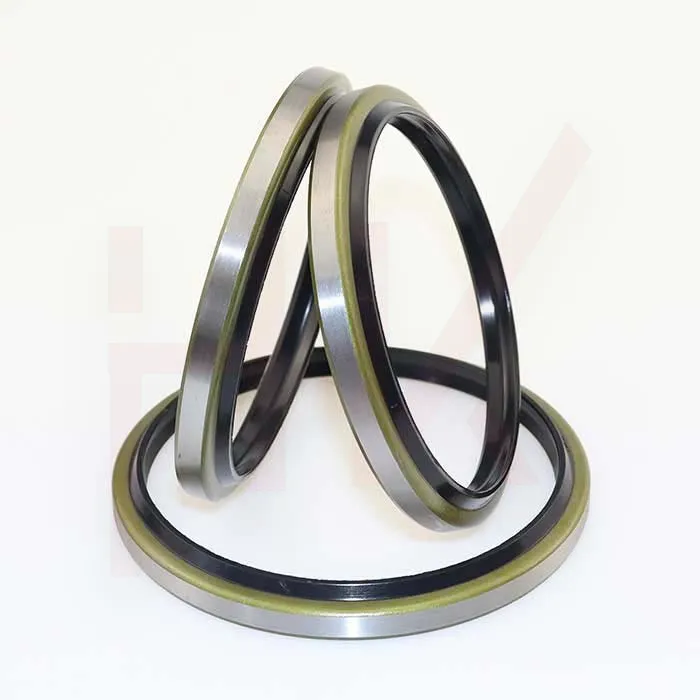Nov . 11, 2024 22:52 Back to list
cylinder oil seal
Understanding Cylinder Oil Seals An Essential Component in Mechanical Systems
Cylinder oil seals play a critical role in various mechanical systems by preventing the leakage of fluids and maintaining the performance of engines, hydraulic systems, and machinery. These seals are essential in ensuring that lubricants remain contained within the cylinder, thus preventing contamination and maintaining operational efficiency. In this article, we will explore the functions, types, materials, and importance of cylinder oil seals in mechanical applications.
What is a Cylinder Oil Seal?
A cylinder oil seal, often simply referred to as an oil seal, is a device used to seal the space between a rotating shaft and a stationary housing. Its primary function is to seal the lubricant, which reduces friction, wear, and maintains the required lubrication within the system. These seals are designed to withstand high pressures and temperatures, ensuring that fluids do not leak out and contaminants do not enter the system.
Functions of Cylinder Oil Seals
1. Leak Prevention The most obvious function of an oil seal is to prevent the leakage of oil and other lubricants from the cylinder, which can lead to reduced performance, increased wear, and potential engine failure.
2. Contamination Prevention Oil seals also prevent dirt, dust, and other contaminants from entering the cylinder. Contaminants can cause significant damage to the components of an engine or hydraulic system, leading to costly repairs.
3. Pressure Maintenance In many applications, maintaining the proper pressure within a cylinder is crucial for performance. Oil seals help maintain this pressure by creating a tight seal, which allows for efficient operation.
4. Friction Reduction By keeping lubricants contained, oil seals help reduce friction between moving parts, which is essential for the longevity and efficiency of the machinery.
Types of Cylinder Oil Seals
Cylinder oil seals come in various designs, each tailored to specific applications. Some common types include
1. Radial Oil Seals These are the most commonly used oil seals, featuring a flexible lip that contacts the shaft and effectively seals the lubricant. They are often used in automotive applications.
2. Axial Oil Seals Located between two surfaces, axial seals are designed to prevent leakage in applications where axial loading is present.
3. Double Lip Oil Seals Featuring two sealing lips, these seals offer enhanced protection against leaks and contaminants, making them suitable for harsh environments.
cylinder oil seal

Materials Used in Cylinder Oil Seals
The material selected for oil seals is critical to their performance. Common materials include
1. Nitrile Rubber (NBR) Known for its excellent resistance to oils and gasoline, NBR is widely used in many automotive and industrial applications.
2. Fluoroelastomer (FKM) This material offers superior temperature and chemical resistance, making it suitable for high-performance applications.
3. Polyurethane Known for its abrasion resistance and elasticity, polyurethane seals are often used in harsh environments.
4. Silicone While not as commonly used for oil seals, silicone materials can be beneficial in high-temperature applications.
Importance of Cylinder Oil Seals
The importance of cylinder oil seals cannot be overstated. They are vital for ensuring the reliability and efficiency of a wide range of mechanical systems. A failure of an oil seal can lead to significant operational issues, including
- Increased Maintenance Costs Leaking oil can lead to more frequent maintenance, repairs, and the need for oil replenishment.
- Decreased Performance Insufficient lubrication can result in increased friction and wear, causing engines and machinery to perform poorly.
- Environmental Concerns Oil leaks can lead to environmental pollution, resulting in potential legal and financial repercussions for companies.
- Safety Hazards In critical systems, oil leaks can pose safety risks, especially in applications involving heavy machinery and vehicles.
In conclusion, cylinder oil seals are indispensable components in mechanical systems, ensuring the effective containment of lubricants and prevention of contamination. By understanding their functions, types, and materials, engineers and technicians can make informed decisions that enhance the performance and longevity of machinery. Investing in high-quality cylinder oil seals is an investment in the reliability and efficiency of any mechanical system.
-
The Trans-formative Journey of Wheel Hub Oil Seals
NewsJun.06,2025
-
Graphene-Enhanced Oil Seals: Revolutionizing High-Pressure Oil Sealing
NewsJun.06,2025
-
Future of Hydraulic Sealing: Advanced Intelligent TCN Oil Seals
NewsJun.06,2025
-
Don’t Let a Broken TCV Oil Seal Ruin Your Day
NewsJun.06,2025
-
Bio-Inspired Dust Seals for Better Sealing Performance
NewsJun.06,2025
-
Biodegradable and Sustainable Hydraulic Seal Materials
NewsJun.06,2025
-
Top Oil Seal Solutions for Your Industrial Needs
NewsMay.22,2025
Products categories
















